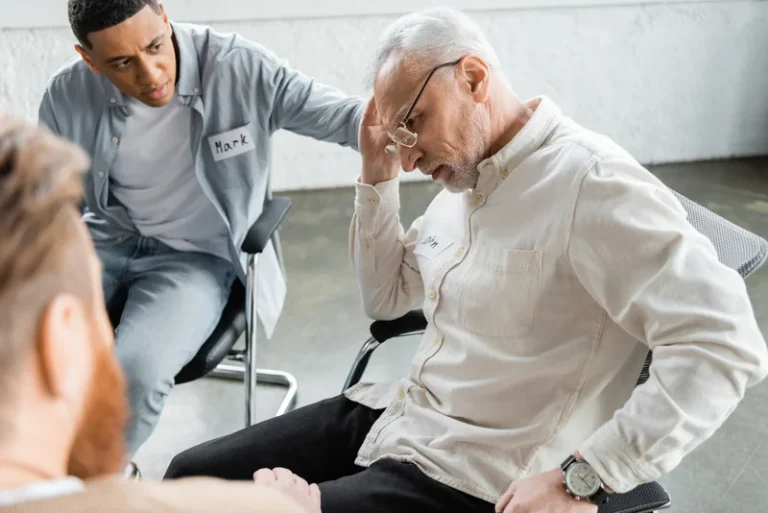
At a certain point, the body or brain becomes dependent on having the substance to be able to function properly. As an example, a person who has been using cocaine or meth for a long time may find it impossible to feel pleasure without the drug – a condition called anhedonia. In the first stage of addiction, initial use, an individual takes the substance for the very first time.

Abuse
Although not always discussed, relapse can occur and is often considered a part of the recovery journey. If relapse happens, it is essential to view it as a learning opportunity rather than a what is alcoholism failure. Understanding the triggers and circumstances that led to relapse can help individuals and their support teams refine their recovery strategies and strengthen their resolve to stay on the path to sobriety.

Model Policies and Other Strategies to Maximize the Impact of Opioid Settlement Funds
- These signs may not be present in everyone who’s beginning to relapse, but they are familiar cues to look out for.
- However, relapse is also a critical point where intervention, support, and learning from the experience can help the person get back on track.
- Unlike experimentation, where usage might be controlled and less frequent, risky abuse often occurs more consistently but has still not progressed to physical dependence.
- Valley Spring Recovery Center offers comprehensive addiction and mental health treatment services.
The first recovery step is recognising the addiction and its impact on one’s life. That moment of self-insight and self-awareness seems to be necessary for the person to seek help. Addiction is a complex and multifaceted phenomenon that has perplexed researchers, healthcare professionals, and wider society for centuries. Addictions of all sorts have the power to grip people and can alter their behaviour, thoughts, and lives.
What Are The Signs And Symptoms Of Ongoing Sobriety and Recovery?
- It implies that the person is actively consuming a substance (such as alcohol, opioids, cocaine, methamphetamine, etc.) in a way that harms their physical health, mental well-being, and overall quality of life.
- Generally, in this stage, the drug is connected to social actions, such as experiencing pleasure or relaxing after a long day.
- This means, one must commit to an entire lifestyle change, in order to maintain their life of recovery.
- This message is communicated to the body as well, which leads to physical side effects.
CBT helps individuals in addiction treatment to identify and challenge negative thought patterns, develop coping strategies, and alter behaviors that contribute to their substance use. A survey of US treatment facilities found that 94% of program administrators report the use of CBT, underscoring its prevalence in addiction recovery programs. There are ways to treat SUDs, though, so you can regain control over your life, health, and wellbeing. After an initial drug or alcohol detox period, behavioral therapy combined with medication is often the best course of treatment. A high-quality addiction treatment program can help you identify and heal the root cause of your addiction and teach you coping skills that will help prevent relapse. Of these, 17 million have both substance abuse and mental health issues.

How does mental health influence the addiction recovery process? #

Each of those models provides a different perspective on the choose the correct cycle of addiction. complex phenomenon of addiction. With so many models, it may be clear that no single model, so far, has captured its complexity. As if that wasn’t complicated enough, there is even more variation in who is vulnerable to addiction and why. Many support groups follow the 12-step model first developed by Alcoholics Anonymous.
